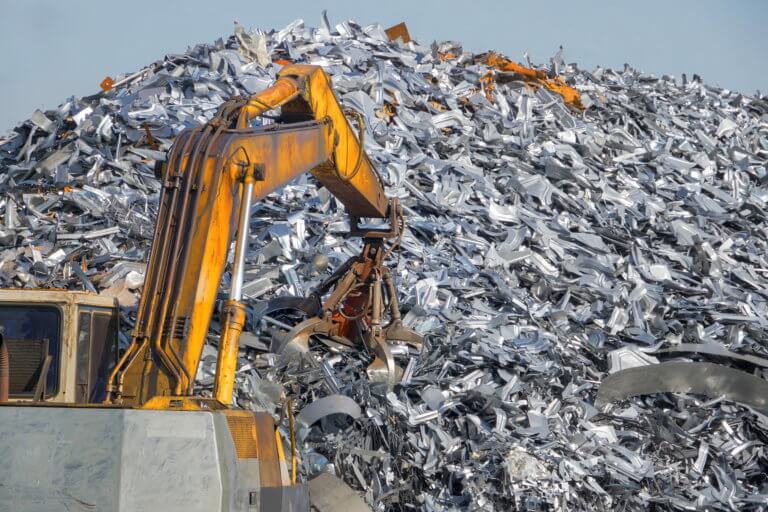
Sparks Fly Over Metal Shredding
Air emissions from scrap metal recycling facilities are contributing to violations of the National Ambient Air Quality Standards (NAAQS) for ozone. These violations have sparked the US EPA to release an enforcement alert regarding emissions from these facilities, in particular facilities that operate auto and scrap metal shredders.
Facilities with noncompliant shredding operations can have an impact on surrounding communities. The enforcement alert is intended to provide potential regulatory requirements and air pollution control strategies that have been implemented across the industry.
The main emissions of concern from shredding operations are volatile organic compounds (VOCs). Over the years, multiple tests have been conducted on metal shredders measuring VOCs. The tests revealed that under normal shredding operations, VOCs are emitted at rates between 20 and 200 pounds per hour. VOC emissions from metal shredders are regulated by the Clean Air Act due to the fact that VOCs can contribute to ground-level ozone formation. Facilities should refer to air permits for VOC emission allowances and may be subject to additional emission or New Source Review (NSR)/Prevention of Significant Deterioration (PSD) requirements for newly added or upgraded equipment.
Adding control measures to shredding operations have been shown to greatly reduce emissions. Shredders with enclosures or scrubber emission controls measured significantly less VOC emissions. A scrubber uses liquid to wash unwanted pollutants from a gas stream or injects a dry reagent into a dirty exhaust stream to “wash out” acid gases.
Shredders typically have large openings to allow sizeable scrap metal to be fed into the machine, which also allows a large opening for emissions to escape. To control the escape of emissions, large fans are used to create a negative pressure environment within the enclosure. With the combination of enclosures, fans, and effective duct work, emissions can be contained within the equipment and directed to an emission control system.
Metals aren’t the only materials of concern associated with this process. Depolluting is a best management practice used across the industry aimed at removing and disposing of hazardous fluids and other materials before they enter into the shredding operation. Removal of hazardous fluids and other materials (e.g., antifreeze, oil, gasoline, brake fluid, diesel fuel, mercury containing light ballasts and other equipment, tires, compressed gas cylinders, and capacitors and transformers) will help prevent fires and explosions within the shredder as well as reduce additional emissions.
For scrap metal facilities to achieve compliance and reduce emissions, the US EPA recommends the following actions to take:
- Follow best pollution prevention practices by depolluting scrap materials before they enter the shredder.
- Estimate hourly and annual VOC emissions, using appropriate available test data from similar facilities.
- If estimated total annual or hourly VOC emissions are below, but near the Reasonably Available Control Technology (RACT) or NSR/PSD thresholds for your area, consult with EPA or the state environmental agency and consider conducting a performance test to measure actual VOC emissions and to develop a facility-specific emission factor.
- If estimated emissions are over the RACT or NSR/PSD thresholds, contact EPA or the state environmental agency to discuss a path forward. In some cases, the installation of capture and add-on pollution controls may be required.
For more information or questions about environmental regulations, air permits, or facility emissions, please reach out to Cody Dye or Shaun Gilday.


